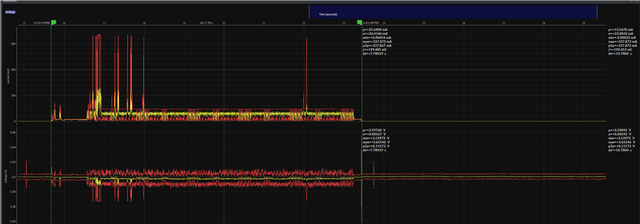Hello,
We are interested in developing mechanism that will allow the server to send push notifications to our nRF9160 device.
We need to be able to respond to the notification quickly (preferably less than a minute), and obviously we need to save battery power as much as possible on our devices.
Can you suggest your preferred solution for that?
---
And some questions from the research we did so far:
Using eDRX to keep the modem in eDRX power saving mode until a notification arrives, seemed like a good option, but we are not sure about various things:
1. How many operators fully support eDRX and how reliable is it?
2. If one thread is waiting on eDRX and another thread tries to send data to server (on a different TCP socket), can they interrupt each other?
3. Is there a working reference project/sample program that implements communication with eDRX?
4. Will eDRX work with UDP sockets?
5. Will eDRX work AWS IoT library (using MQTT), out of the box?
Is there an option to keep the modem in some power save mode, and wake up on incoming SMS?
Or maybe stay on eDRX power saving, and the incoming SMS will trigger eDRX wakeup?
Can we we PSM power saving and wakeup on incoming notification somwhow?
In any case, any working reference code will be helpful.
Thanks in advance..



